- Sat. May 31st, 2025
Classic Cars, Movies, Music, and Other Stuff ...
Once fabulous tunes, sadly now mere jingles. If you were born in the early 70s or earlier, you will recognize long forgotten themes in radio or TV commercials. Sometimes they are soundtracks in movies or TV shows. And they are sure to stir some nostalgia.
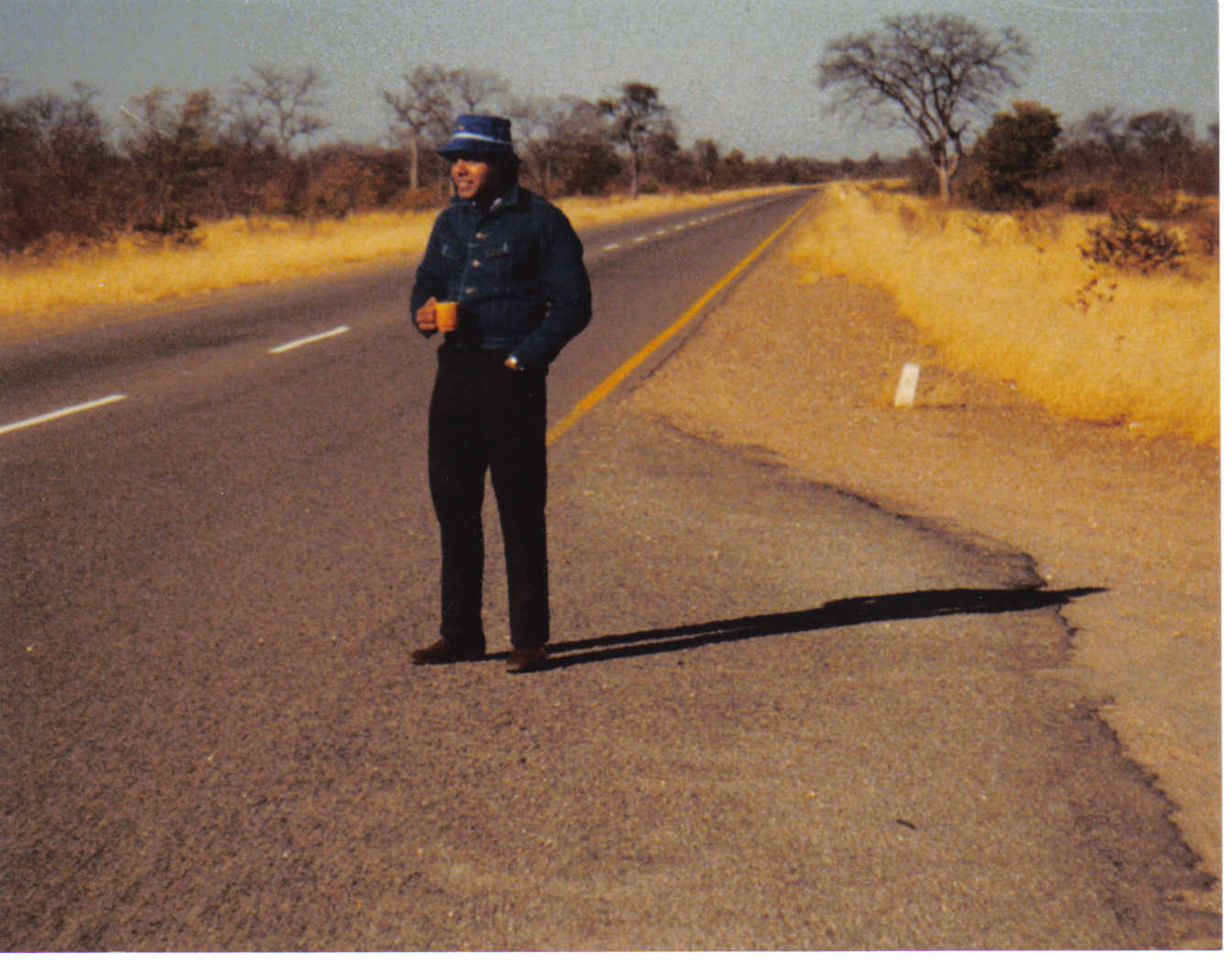
If you are relatively young, you’ll probably be surprised to know how hip these tunes were back in the day. Either way, let’s check out some of the instrumentals and their origins. In doing so, celebrate the artists who created them.
This time we’ll check out only music, not the songs. Although some of these tunes also had lyrics. This is the 60s Version.
“Popcorn” (Gershon Kingsley)
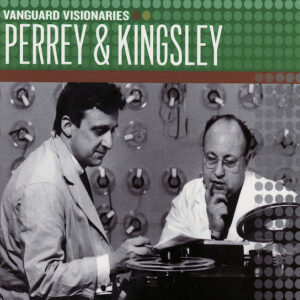
One can’t talk about this monster hit from 1969 without referring to the Moog synthesizer. It is the Moog synthesizer for which this piece was composed. Developed in 1964 by Robert Moog, it uses electronics to create and shape sounds using oscillators, noise generators, filters, amplifiers, etc. of the like that hadn’t been done before. We’ll talk more about the Moog another time.
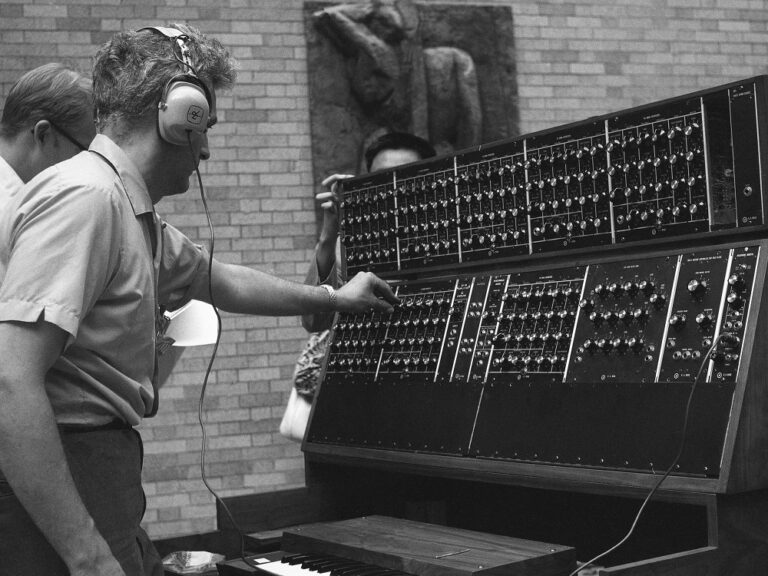
The French and German-American duo of Perrey and Kingsley specialized in creating pop music utilizing the new Moog. They release many albums since their founding in 1965, but are likely most remembered for “Popcorn.” Just listen to the tune, and you understand why.
“Baby Elephant Walk” (Henry Mancini)
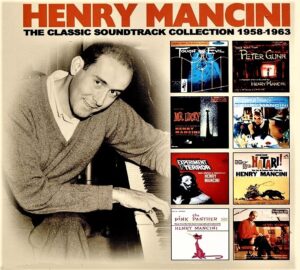
A very different instrumental, but equally nostalgic nonetheless.
The tune is composed by Henry Mancini for the 1962 movie “Hatari.” With its simplicity and catchy tune, it’s among the most quirky, and unique, of Mancini’s work. And that’s significant, because Mancini composed a wide range of music for movies.
On observing the scene in the movie, Mancini uses music to create an image of lumbering elephants. And, accompanying them, baby elephants with the cheekiness of all infants. The result was the bass-line of horns, with the clarinet providing a lighthearted overtone. The tune is transferable in any comic scenario. An endearing, simple, catchy tune, anyone can whistle. So, give it up for Henry Mancini!
“Green Onions” (Booker T & the M.G.’s)
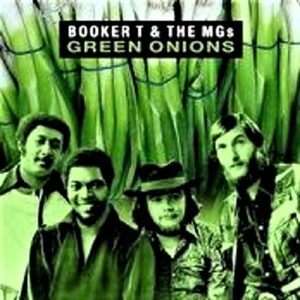
Booker T. & the M.G.’s was a 1960s American Instrumental R&B/Funk band. They are among the first racially integrated band at the time. The band plays covers of popular established artists. But they also had a wide instrumental repertoire and create a unique sound popularizing them the world over.
In 1962, they release one of their most biggest hits: “Green Onions.” Anyone with an ear for music has heard this sometime in their life. Your age likely dictates what comes to mind when hearing to: the band, or a jingle/soundtrack.
YouTube / LeeEstradaMusic
“Afrikaan Beat” (Bert Kaempfert)
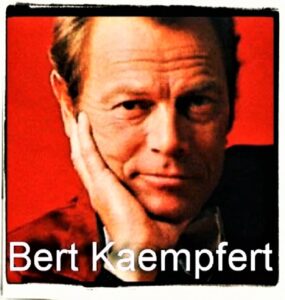
German composer, Bert Kampfert created this tune in 1962, and it popularizes both him, and the beat. Bert captures the spirit of Africa, specifically Southern Africa in this tune. It invokes the rhythms and beat of African music in your mind. It’s clear Bert has was exposed to Southern African beats, when inspired to create “Afrikaan Beat.”
Some might consider it a relic of the colonial Africa of the past, but the feeling it invokes is priceless. So, at the end of the day, it’s a great homage to the Kwela beat of Southern Africa.
“Theme from a Summer Place” (Hugo Winterhalter)
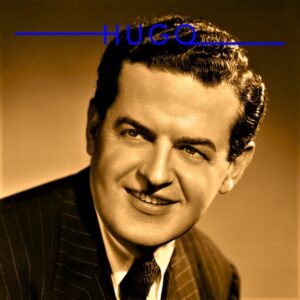
A beautiful piece from Hugo Winterhalter and his Orchestra that was created for the 1959 movie of the same name.
This wonderful creation reaches the top of Billboard charts in its time, and is a classic loved worldwide. The younger generation may not remember its origins, although they have definitely heard it sometime as a soundtrack, or jingle.
While the original is composed Hugo, it is the Max Steiner recording that is used in the movie. Here’s the original by Hugo Winterhalter.
YouTube / AlexDream174
For reference, here is the Max Steiner version, used in the movie:
YouTube / The Soundtrack Channel
“Wipeout” (The Surfaris)
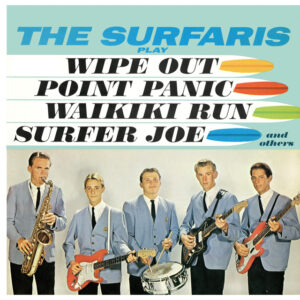
Time for a change of pace. This tune was composed by The Surfaris in 1962, and was meant as a Side B accompaniment to Surfer Joe on the A Side. Written in a hurry, it actually becomes a bigger hit than Surfer Joe, with its upbeat tempo, and fun sound so emblematic of the 60s surfing culture.
The instrumental is utilized in countless movies, TV shows, and commercials. The person you hear on the song yelling is the band’s then manager, Dave Smallin.
“Take Five” (Dave Brubeck)
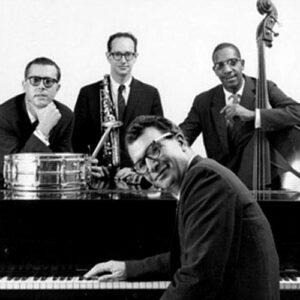
The late Dave Brubeck, is often referred to as Jazz’s first pop stars. A pianist, he creates a style of jazz that lends it a unique coolness. This is a result of his combining traditional sounds with his improvisational stuff. During WW II, while in the army, he forms one of the first racially diverse bands in the US.
In the 1950s, Dave forms the Dave Brubeck Quartet. His most successful period is 1958-68. It is during this period, they release the first million copy selling album, “Time Out.” And the single from this album, “Take Five,” written by band member/saxophonist Paul Desmond is considered the biggest selling jazz single of all time. Dave Brubeck continued making music until his death in 2012. Here’s “Take Five.”
YouTube / Dave Brubeck
“Colonel Bogey March” (Lieutenant F. J. Ricketts)
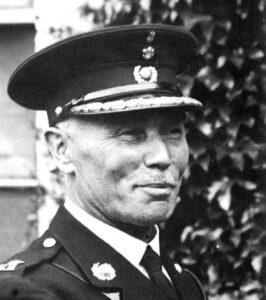
Another popular tune that’s been used in commercials, shows, movies, Colonel Bogey March is composed by Lieutenant F. J. Ricketts, a British army bandmaster, in 1914. Meant to be whistled without musical accompaniment, its lyrics are often modified with offensive content!
The tune’s popularity was boosted manifold when American composer, Mitch Miller, used a version of it in the 1957 movie, “The Bridge on the River Kwai.” Many still identify it with the movie rather than its true origins. Another brilliant composition whose origins, are unknown to may, other than it sounds British. So, while we listen to the Miller version here, remember Ricketts!
YoTube / Mitch Miller – Topic
“Calcutta” (Kalkutta liegt am Ganges/Heino Gaze)
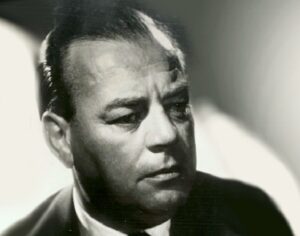
In 1958, German composer Heino Gaze created this composition that was to later bring fame to another German origin artist in the United States. For that artist, Lawrence Welk, “Calcutta” becomes his best-known compositions earning him immense popularity in the US.
The original version was called “Tivoli Melody.” But with the lyrics, it becomes Calcutta on the Ganges. The English version’s lyrics became an ode to the ladies of Calcutta. The Lawrence Welk version reaches the top of the US pop charts.
Here’s the Lawrence Welk version that popularized it in the US. Hopefully you’ll remember Heino Gaze when listening.
YouTube / Lawrence Welk – Topic
“Sleep Walk” (Santo & Johnny)
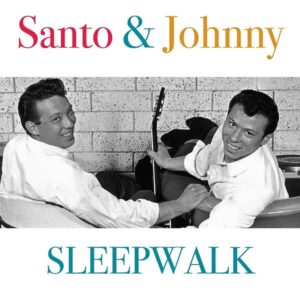
Opinion is divided on the nature of this popular instrumental. Younger people think it’s too melancholy. But those who were teenagers in 1959, when it came out, disagree. Back then it’s a popular dance song at dances and proms.
It is a big hit for the Farina brothers, Santo & Johnny at the time, and has entered the annals pop music history. The fact that it’s still heard and used today, speaks volumes about its endurance. Stephen King was inspired to write his novel “Sleepwalkers” in which this tune played a prominent role.
Melancholy or not, it’s definitely a pop classic.
YouTube / Official Music Home
“JAVA” (Allen Toussaint)
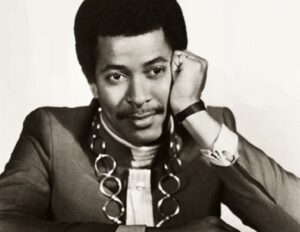
Another change of pace now with this upbeat piece from 1963. Notice how prominent trumpets were back then.
Originally created in 1958 by New Orleans native, producer/songwriter Allen Toussaint, this is actually a piano piece. That version doesn’t garner much success. In 1963, trumpeter Al Hirt creates an entirely new version in his own style. This one definitely catches on, and reaches the top spot on the Easy Listening charts. And so, the trumpet version of “Java” went on to become the most well-known version.
The upbeat melody, lends itself to so many scenarios and covers. Another cool instrumental, everyone’s heard sometime in their life. If not, they should.
YouTube / Tony Tomov
“Espana Cani” (Pascual Marquina Narro)
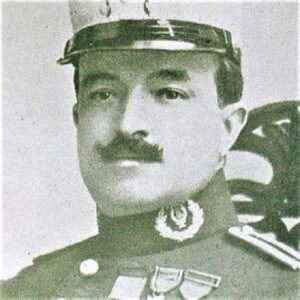
Now some contributions with a Latin flair. Starting with this instrumental that immediately invokes Spain, and likely recognized, and covered around the world. “Espana Cani,” known in English as the Spanish Gypsy Dance, is written by Marquina Narro, and first released in 1926.
Although many variations have been created, the overall production instantly recognizable. Another wonderful melody that has become part of our musical lexicon.
YouTube / Philharmonic Wind Orchestra – Topic
“Tequila” (The Champs)
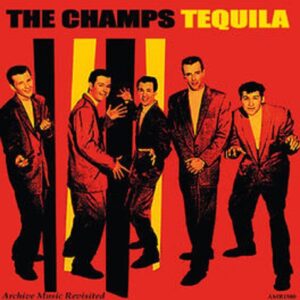
Recorded in 1958, “Tequila” is a major Latin hit tune. Written by Chuck Rio, it is recorded by The Champs. It goes on to become such a monster hit, but its origins have become clouded over time.
Another wonderful hit that has created innumerable cover versions used in a wide range of pop genres. But the credit definitely goes all the way back to Chuck Rio and The Champs.
YouTube / The Champs – Topic
“Spanish Flea” (Herbert Alpert & The Tijuana Brass)
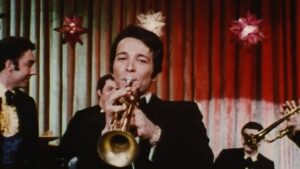
Herb Alpert is so big, he needs his own post, which we’ll do later. Because he’s so big, and some of his work so emblematic for this niche, I have to include at least one example of his work.
“Spanish Flea,” does have lyrics, but the instrumental is so catchy and upbeat, its been used in a wide variety of themes and jingles. It’s almost as though this one is made for a jingle, although much less used now as in the past.
Herb Alpert and his orchestra, are giants for creating a wide range of melodious hits, which deserve to be celebrated by music lovers for always.
YouTube / Arse Basterd
“APACHE” (Jerry Jordan)
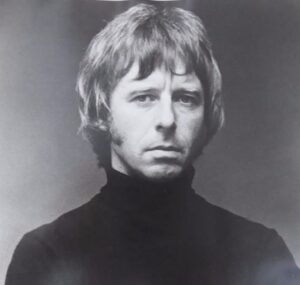
Apache is a wonderful haunting guitar melody from 1960. British songwriter/composer Jerry Jordan was inspired to create this piece after watching the American Western movie of the same name. The intention was to recreate the scenario of the “western” movie in musical form.
Although created by Jerry, the most well-known version of this melody is the cover done by Danish Jorgen Ingmann, in 1962. That and the 1973 cover by the percussion Incredible Bongo Band.
Here’s the Jorgen Ingmann version.
YouTube / 60s70sTheBest
Many More Out There
That’s it for this time. Hopefully we’ve developed a renewed appreciation for the artists who created these wonderful melodies.
These are just a few of the many for this time. There are many more wonderful instrumentals from back in the day that could qualify for our list above.
We’ll check out some more in future. So, stay tuned and feel free to drop me your comments below.
Last Three Posts Under “From the Music Vault”
In The World of Big Bands, James Last Ruled
“Men at Work” – One of The Most Underrated Bands?
“Diamond Life” With The Unique Sade Adu
